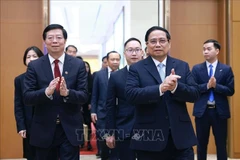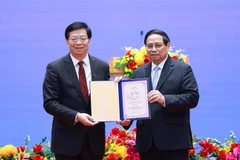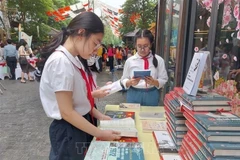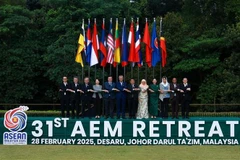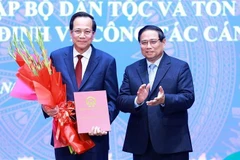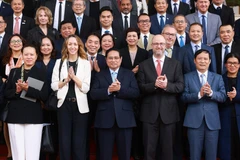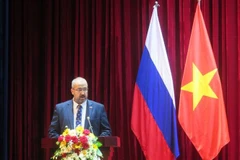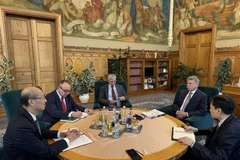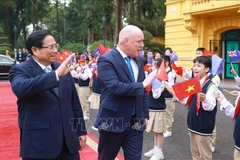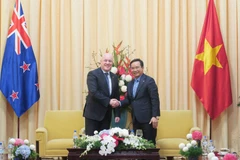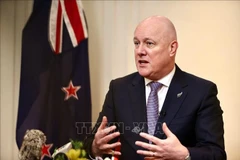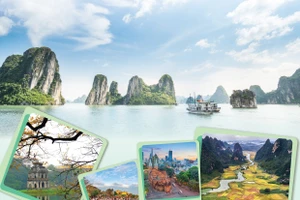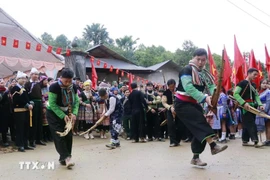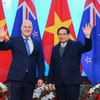Vietnamand Japan established diplomatic ties on September 21, 1973. In recentyears, the two countries maintained the exchange of high-level visits toincrease bilateral cooperation.
In May 2007, the two countries established a Joint Commission for Cooperation co-chaired by the two Foreign Ministers.
They signed a joint statement on comprehensive development of thestrategic partnership for peace and prosperity in Asia in October 2010,during Japanese Prime Minister Naoto Kan’s visit to Vietnam.
Japanis currently Vietnam’s third largest trading partner. The year 2010marked an impressive recovery of bilateral trade, which hit 16 billionUSD, a year-on-year increase of 22 percent.
Two-way trade has by September this year reached 15 billion USD, including 7.5 billion USD from Vietnamese exports.
Vietnamexports to Japan seafood, apparels, crude oil, electric cable, coal andwood products, and imports machineries, equipment, computers,electronics and spare parts, steel, cloth, automobile spare parts andmaterials for the textile and leather tanning industries.
In June2008, the two sides began to work on the third phase of theVietnam-Japan Initiative aimed at improving Vietnam’s investment climateand its competitiveness, supporting cooperation in the DevelopmentTriangle, the East-West Corridor and the Greater Mekong Sub-region, aswell as addressing traffic congestion in Hanoi and Ho Chi Minh City.
Theyhave completed the third phase on improvement of investment climate andjust launched the fourth phase focusing on 70 items.
Japanhad by August 2011 run 1,572 valid projects in Vietnam capitalised at21.78 billion USD, ranking fourth among foreign investors in thecountry.
Japan is the largest ODA provider for Vietnam with 1.76billion USD committed in the 2010 fiscal year to support Vietnam’sinfrastructure development, climate change adaptation and povertyreduction efforts.
Despite domestic economic difficulty, Japan has confirmed that it will maintain ODA provision for Vietnam .
Bilateral cooperation in other fields also saw good progress, especially in tourism, culture and education.
Japan is among the five countries that have the largest numbers ofvisitors to Vietnam. Japanese visitors make up nearly 10 percent oftotal foreign arrivals to Vietnam.
Cultural exchanges betweenthe two countries have flourished with such activities as exhibitions,film festivals, art performances and other cultural events held. AJapanese cultural exchange centre in Vietnam was established in March2008 to increase cultural exchange and cooperation. Japan has alsodeveloped projects to help Vietnam preserve and restore ancient housesacross the country.
In addition, Japan is one of the largest non-refundable aid donors for Vietnam in education and training./.

